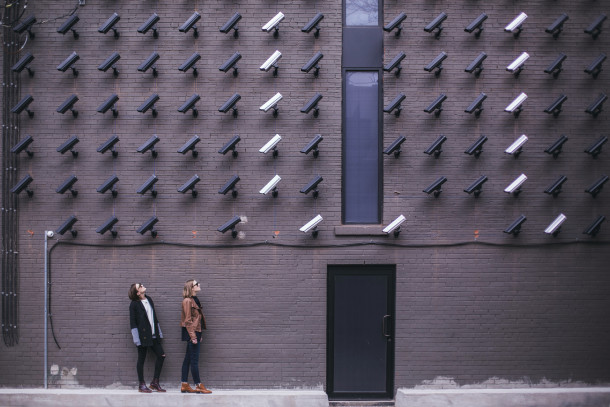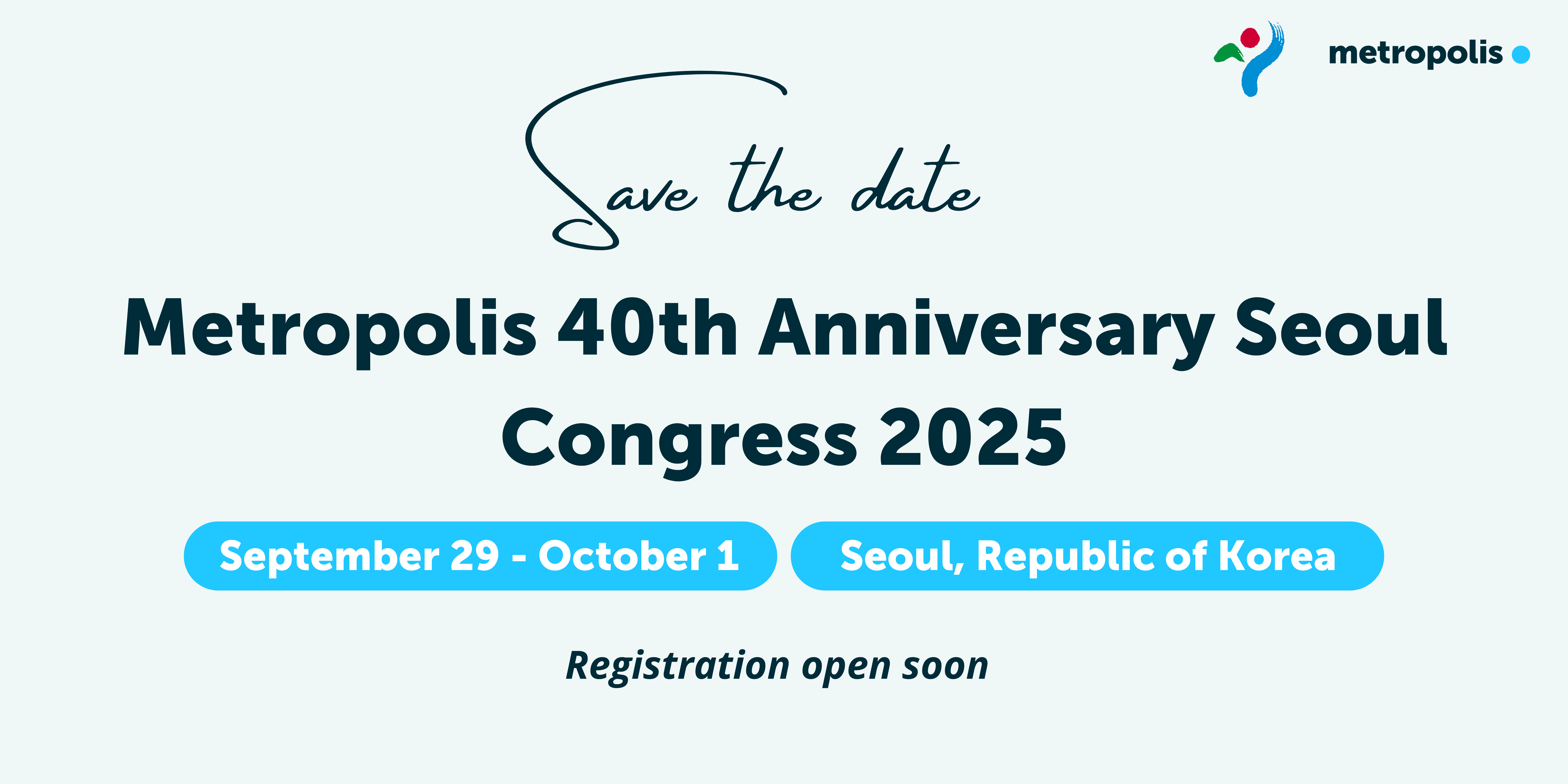
Matthew Henry on Unspash
The (un)equal access to the smart city: seeking a human city
On 19 August, over 100 people, including governmental representatives and city makers, participated in the webinar “Smart Cities vs. Human Cities”, co-organised by the Buenos Aires Institute of Technology (ITBA) and Paradiplomacia.org. The session focused on the role played by technology and digitalisation in the transformation of urban realities, considering the human perspective, in order to improve citizens’ quality of life.
Octavi de la Varga, Secretary General of Metropolis, opened the debate by analysing the smart cities phenomenon from a metropolitan governance perspective. “Smart cities”, he said, “started to gain ground as urbanisation took hold” given the fact that “they were meant to solve hyper-urbanisation problems (from waste management to public health)”.
De la Varga analysed the critical points of this process aimed at “giving citizens the idea that smart cities are human cities”. The Secretary General highlighted the fact that digitalisation has often been rapidly imposed even though local governments were not sufficiently prepared to deal with this urban transformation. It is in these contexts that we find the biggest contradiction: “We have cities that are hyper-technological but have very high levels of inequality and poverty”. Octavi de la Varga stressed that the smart phenomenon must be implemented if we are to see a real improvement in the quality of life of all citizens. In making this point, he referred to the current global health situation: “COVID-19 made us believe that smart cities would help us. However, we have actually created ‘dualised cities’, in which some people can access the smart city, while others are excluded from the system”.
“Are we overcoming the concept of citizenship?” de la Varga questioned, and added: “It seems that we are treating people living in urban realities as data providers”.
According to the Secretary General, this poses problems with regard to privacy and the unethical use of information. And, more importantly, it could lead to greater segregation in metropolitan areas, where the differences between those living in the city centre and those living in the periphery could equate to unjust access to the smart reality.
“Local governments do not have the capacity to address this kind of problem”, concluded Octavi de la Varga, before handing over to the second speaker of the session, Fernando Carrión, an academic in FLACSO’s Department of Political Studies in Quito. Opening with a quote from the architect Le Corbusier: “A city made for speed is made for success”, he questioned the smart phenomenon, reflecting on citizens’ rights: “We need to claim the right to the city: technology must be discussed from a society's perspective”. Carrión analysed the current emergency situation as a moment in which to best understand the issues faced by people living in urban areas. And, following on from de la Varga’s discourse, he talked of the social gap that now, more than ever before, is evident in our cities: many people do not have access to technological and digital tools, as innovation is still an exclusive resource. Moreover, because of the COVID-19 situation, governments have implemented “homogeneous policies”, without considering the social differences in access to technology and to the city in general. According to Carrión, making reference to ECLAC data, in Latin America COVID-19 policies have reinforced preexisting social segregation, which we can see by “analysing data on access to housing”.
"We are moving from a material city to a virtual city. Today, speed is an essential factor for connectivity", Carrión concluded.
The final talk was given by Mauricio Dimant, Coordinator of the Latin American Unit of the Truman Institute at the Hebrew University of Jerusalem, who highlighted the “social cost” of a smart city. “Smart Cities have a cost, and this creates exclusion. Not only economic and material costs, but also in terms of cultural capital, the possibility to be involved”. And, in particular, he considered that exclusion is determined by resources management, since many people are unable to access them.
He then, interestingly, reflected on the decision-making process in a smart city:
“Smart cities are not just digital cities, they are realities in which algorithms are able to make decisions”.
Dimant is confident that innovation will help make this process more efficient and sustainable, thanks to an ever-growing quantity of data that will make algorithms increasingly accurate in influencing decisions.
The juxtaposition of “smart cities vs. human cities” still seems to be a contradiction per se. Only through an in-depth study of the current relationship between the digitalisation of urban spaces and the quality of life of citizens will it be possible to define - and thus overcome - the challenges faced by smart cities that became apparent during the current global crisis.

